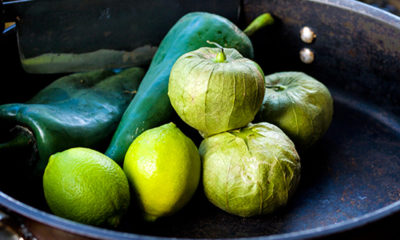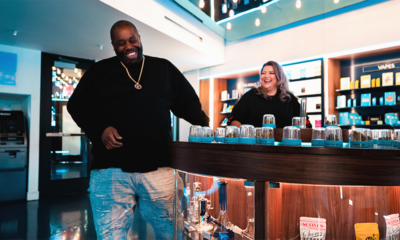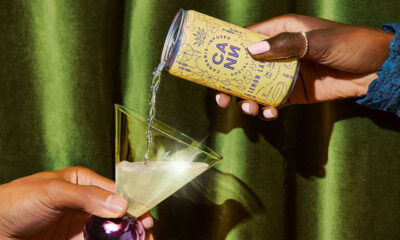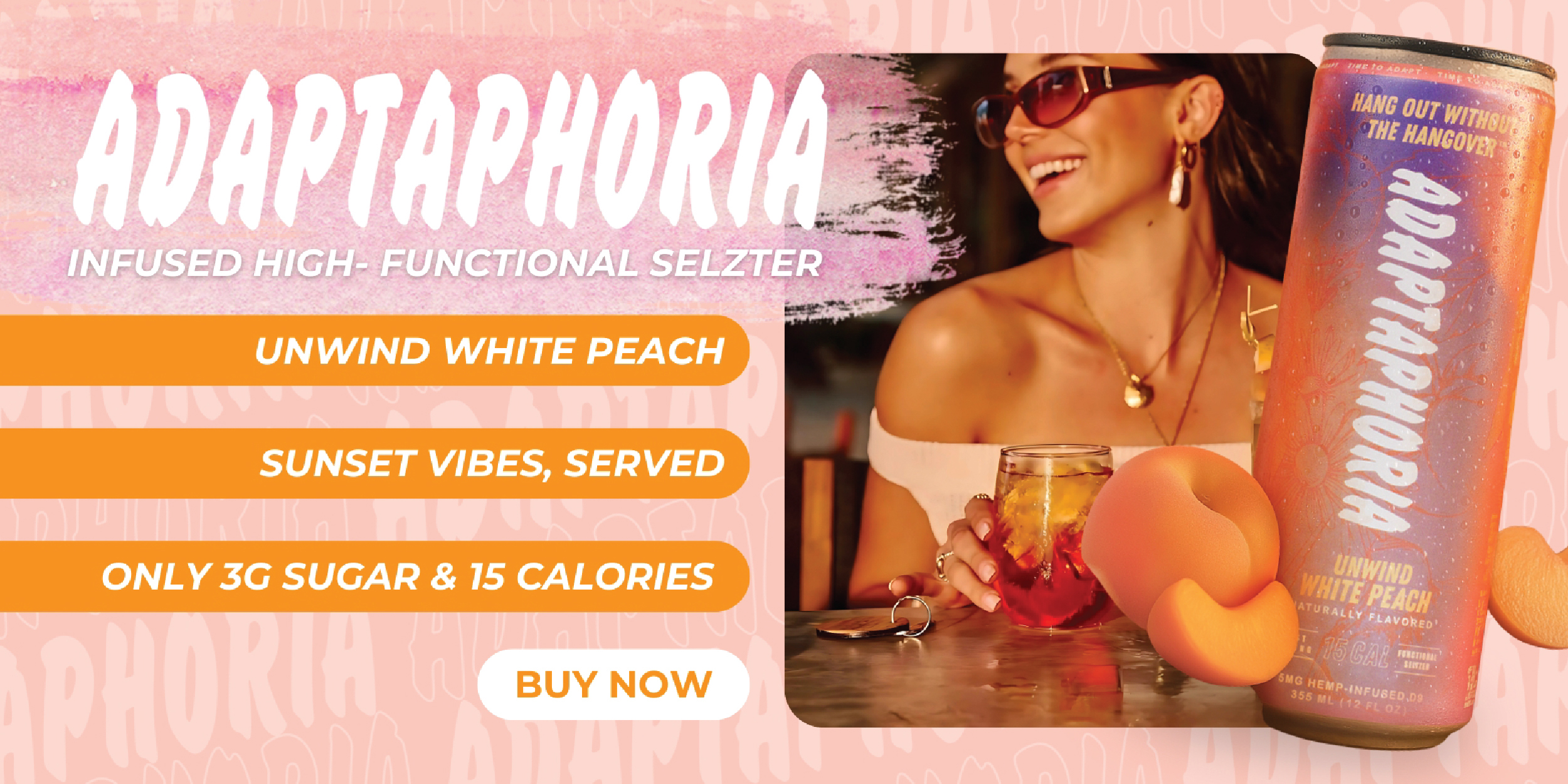
Edibles
Despite Breathless Reporting, There Is No Marijuana Edibles Death Spiral
Irresponsible journalism and deliberate manipulation of data shine a light on a crisis that doesn’t exist.
Every year, about 60 people die because of New York City’s subway. Most are hit by trains, and a few
Square this hierarchy of values, if you can, with the New York Times’s take on a study of marijuana-related emergency room visits in Colorado. Published last week in the journal Annals of Internal Medicine, the state-funded study analyzed nearly 10,000 trips to a Denver-area hospital over a four-year period, tracked with a code for being cannabis-related.
Researchers found that of these, only about 26 percent “were at least partially attributable to cannabis,” which suggests that there’s some data-collection problem in which 74 percent of the dataset is questionable. Of that 26 percent of relevant health crises, 238 cases, or 9.3 percent, related in some way to edibles.
238 hospital visits over a five-year period is not exactly a public-health crisis by any reasonable metric. At the same time, Colorado authorities absolutely recognized that consumers were getting too high on super-strength edibles and imposed a 100-milligram limit on edibles, a standard since adopted by other states. But here is where data is helpful for creating a stir.
Hazy Calculations
Edibles represent 6.5 percent of the medical market and 13.4 percent of the recreational market, according to official state sales data. By that metric, edibles result in a roughly equivalent percentage (but still statistically insignificant when weighted by size of the overall population) of hospital visits.
But “by kilograms of tetrahydrocannabinol,” according to the study’s authors, edibles represent “only 0.32 percent of total cannabis sales in Colorado.” Weighted in this way, edibles present a disproportionate risk — or a “special risk,” as the New York Times headline declared.
To bolster its claim, the Times quoted Andrew Monte, a physician and a professor at the University of Colorado’s Denver-based School of Medicine, who pointed out that since 2014, there have been at three “surprisingly violent deaths” that “involved edibles.” In fact, every violent death in Colorado related to marijuana involved an edible, both Monte asserted.
This claim requires examination, and under examination it quickly falls apart. One of these deaths is a 2014 domestic-violence murder, in which an estranged husband shot and killed his wife after eating a cannabis edible.
“The edible made me do it” was Richard Kirk’s defense in court, where it spectacularly failed. He is now serving a 30-year prison term but continues to insist that it was the edible that made him snap — not the “escalating marital conflicts and financial struggles” he and his wife were experiencing before her murder, as Rocky Mountain PBS reported.
The two other cases — a college student eating an edible and leaping from a hotel balcony and a 23-year-old man who died by suicide on a ski trip with his family — are similarly bizarre statistical outliers that have not been definitively tied to cannabis. That bears mentioning, as does the fact that Kirk’s wife’s family told authorities that Kirk had a mean streak and was “capable of hurting” his wife. And yet his situation and these others are now the prohibition set’s poster child for marijuana-edible induced violence.
Here is where the predictable “edibles can be really strong and you shouldn’t take too much, dummy” disclaimer appears: Edibles can be really, really strong — ask NYT columnist Maureen Dowd, ask anybody — and you really, really shouldn’t overdo it. You also shouldn’t eat a handful of pills when you are prescribed two or drink a shot of liquor for every year you’ve lived on the planet. Everybody knows that, which is why it doesn’t make the news.
Edible cannabis has absolutely presented the legalization movement with one of its thorniest questions yet. Edible cannabis misadventures are scary and an easy refutation of the legalization line, also incorrect, that cannabis is benign and poses no risk. It is mostly benign and poses a small risk.
An edible overdose can be weathered by time, without any major medical interventions necessary. The same cannot be said for alcohol, pharmaceuticals, or a subway train. But neither can this reasonable context be expected of some media coverage.
TELL US, how do you make sure not to take things too far when ingesting cannabis?
























